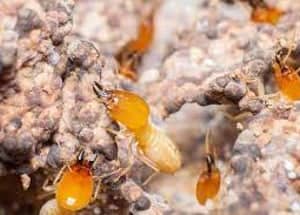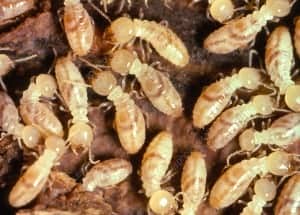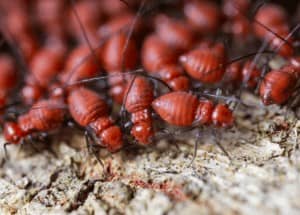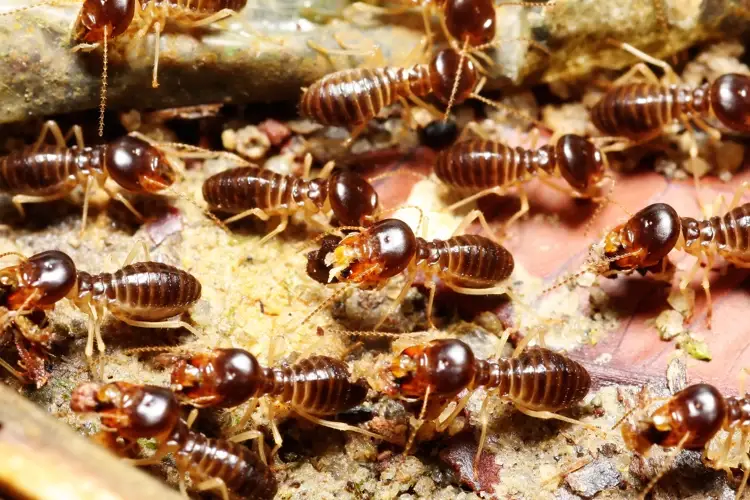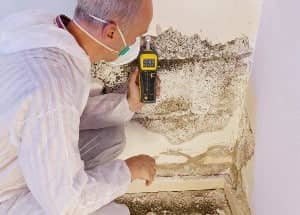What Do Termites Eat? Understanding a Termite’s Diet is Key to Effective Termite Control
Termites are fascinating yet destructive insects that have been around for millions of years. They are often referred to as the “silent destroyers” because they can cause significant damage to homes and other wooden structures without being detected. As such, it’s essential to know as much as possible about their behavior, including their diets. In … Read more

